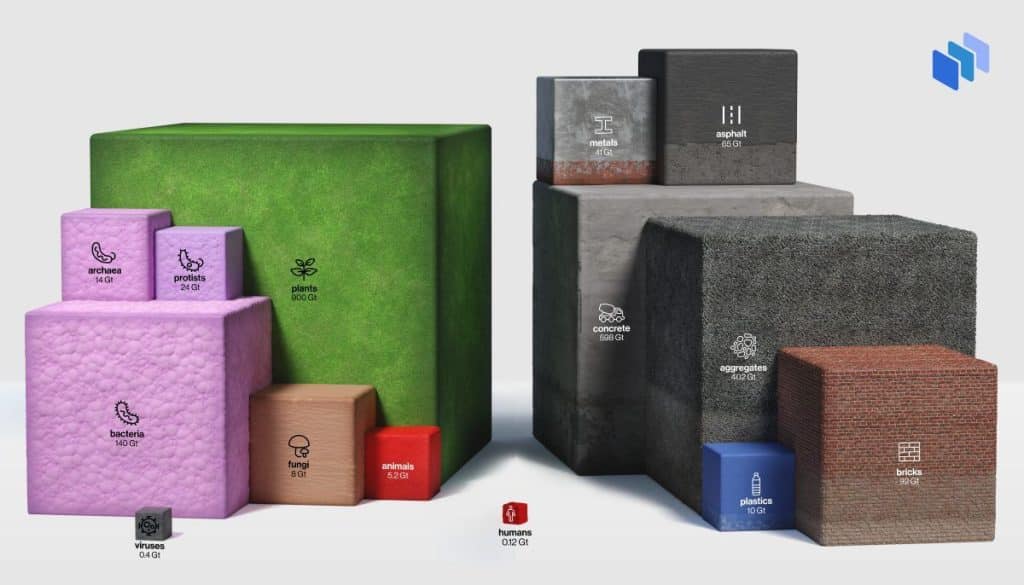Nikon has unveiled the Z6III, a full-frame mirrorless pro camera whose breakthrough sensor reportedly helps it match the performance of flagship models.
The design revolves around a “world’s first” partially-stacked CMOS sensor that includes multiple fast processing circuits above and below the 24.5-megapixel imager. Along with the Expeed 7 processing from the Z8 and Z9, this leads to capture performance you wouldn’t always expect in this class.
Autofocusing is 20% faster than on the Z6II, and can lock into people, animals, and numerous vehicle types. It can capture at up to 120 frames per second before the shot to freeze-frame difficult subjects. You can record 6K RAW that gives you room to crop or oversample 4K, 1080p slow-motion video at 240FPS, and low-light images at a native ISO 100 to 64,000 (peaking at 204,800 for extreme situations).
The Z6III also touts the brightest electronic viewfinder (EVF) of any mirrorless, with Nikon boasting a 4,000-nit output that makes it usable even in bright sunlight. It’s also billed as the first EVF with a DCI-P3 color range that should better match the resulting photo.
You can also expect in-body image stabilization equal to eight stops, a 3.2-inch multi-angle touchscreen, and a pixel-shift mode that can produce a roughly 96MP image.
Online services also play a role. A new Nikon Imaging Cloud service gives Z6III owners access to recommended camera settings and presets as well as the option to upload photos to multiple storage services over Wi-Fi, including the company’s own Image Space. You might not have to sync with your computer in some cases.
The Z6III arrives in late June starting at $2,500 for a body-only model, and $3,100 when paired with a 24-70mm f/4 lens. An optional $360 MB-NI4 battery pack, due later in the summer, holds two batteries and extends the still photo shooting time by about 90%.
The pricing puts Nikon’s latest in direct competition with Sony’s A7 IV and Canon’s EOS R6 Mark II. It should handily outperform the R6, but the A7 is another matter. It has a higher 33MP resolution and 7K oversampling for 4K video, although it’s capped at 30FPS versus the 60FPS of the Z6III.
Nikon’s greatest challenge may be the ecosystem. Although it has come a long way, its later entry into pro mirrorless cameras gives Sony an edge. It can be difficult to switch camera systems given the investment in lenses and accessories — the Z6III will primarily appeal to newcomers as well as brand veterans who already have compatible glass.











